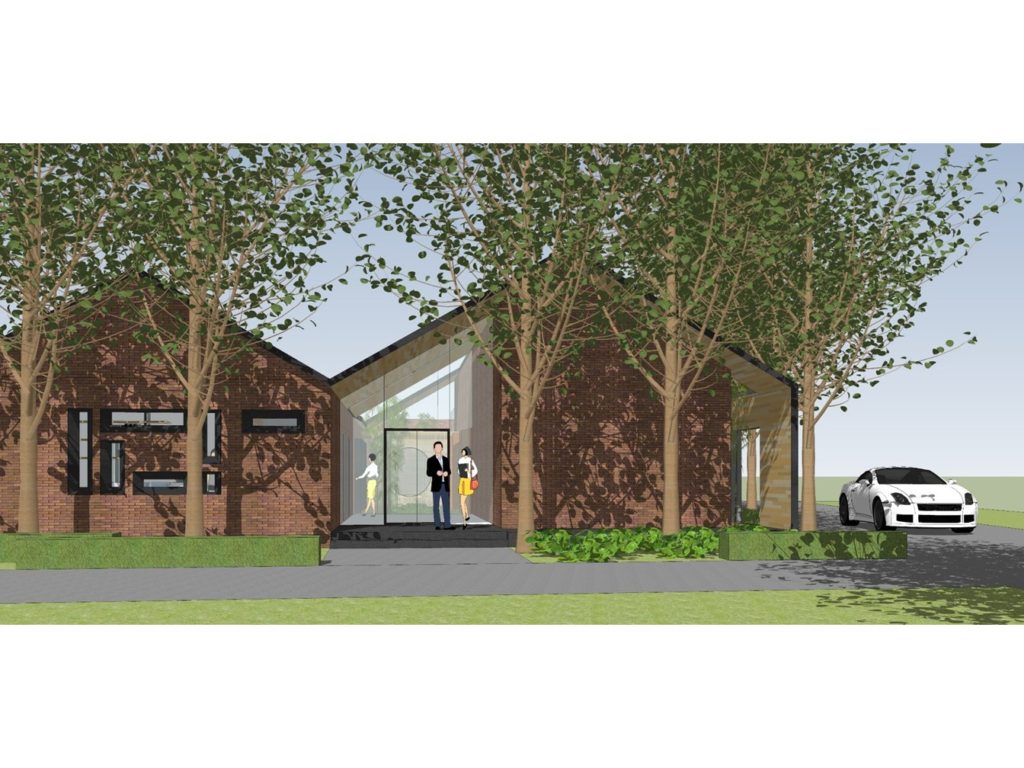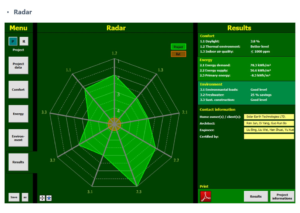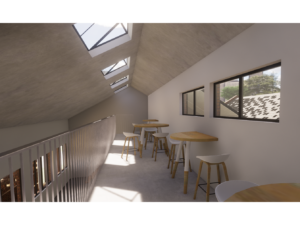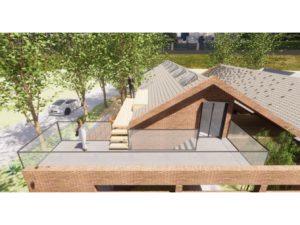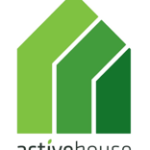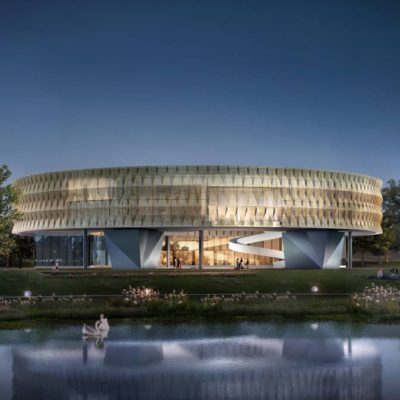Solearth Solar Energy Micro headquarters in Village
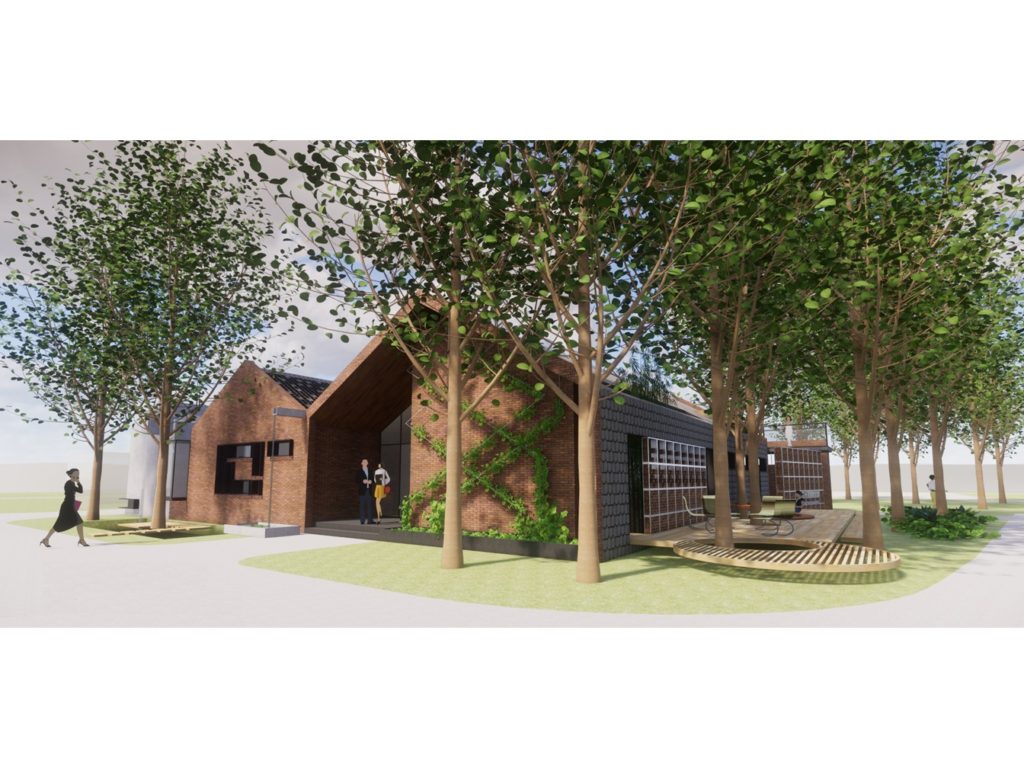
COMFORT:
All rooms make full use of natural daylighting, skylight and daylighting tiles are set for the slope roof on the north side, so that the tall poplars around the building can be seen from the indoor space. The daylighting factor of the building is 3.8%. Passive solar house is added on the south side of the building for thermal transition in order to improve the thermal comfortableness in winter. The openable passive solar house improves the overall natural ventilation by virtue of thermal pressure, and wall ventilator with heat reclamation function is mounted on the exterior wall of the building to improve air quality.
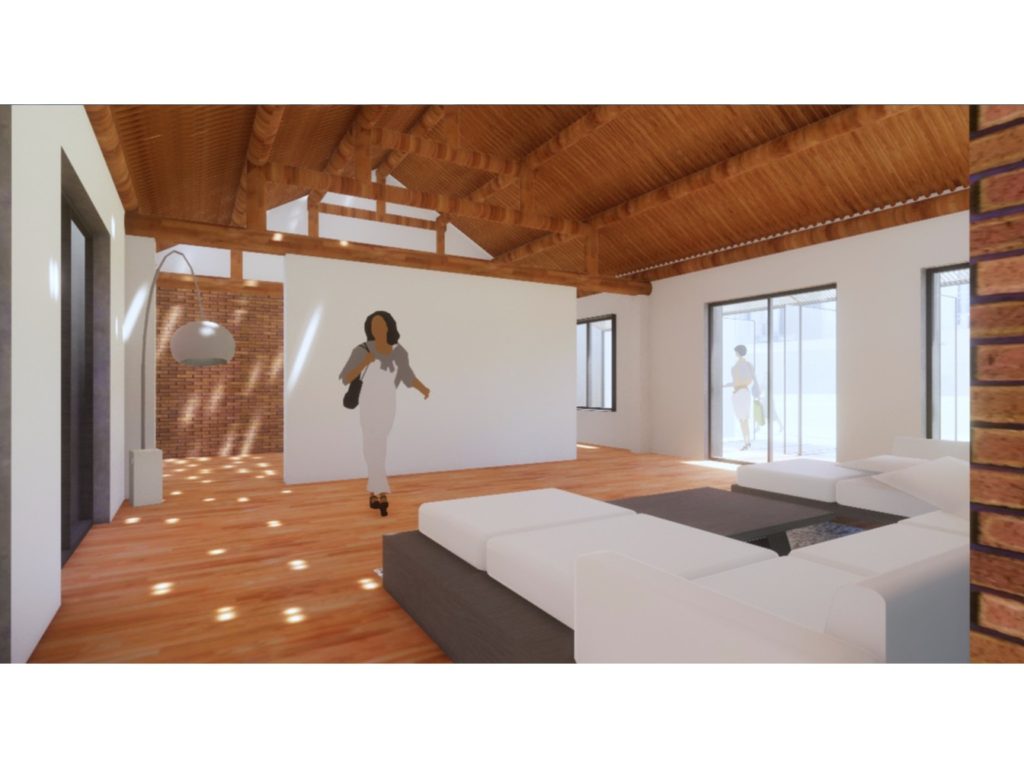
ENERGY:
Passive energy-saving technologies such as passive solar house, thermal insulation of wall, FRP exterior windows, and increased air tightness are used to improve the thermal performance of the former enclosure of the house; in terms of active technology, ultra-low temperature air source heat pump is used for heating and cooling. The building makes full use of solar energy. Solar PV tile is used on the slope roof, solar PV floor is used in the courtyard, colored film PV is used ON the passive solar house, and solar water heating system is used for the bathroom. The renewable energy utilization rate is 75%.
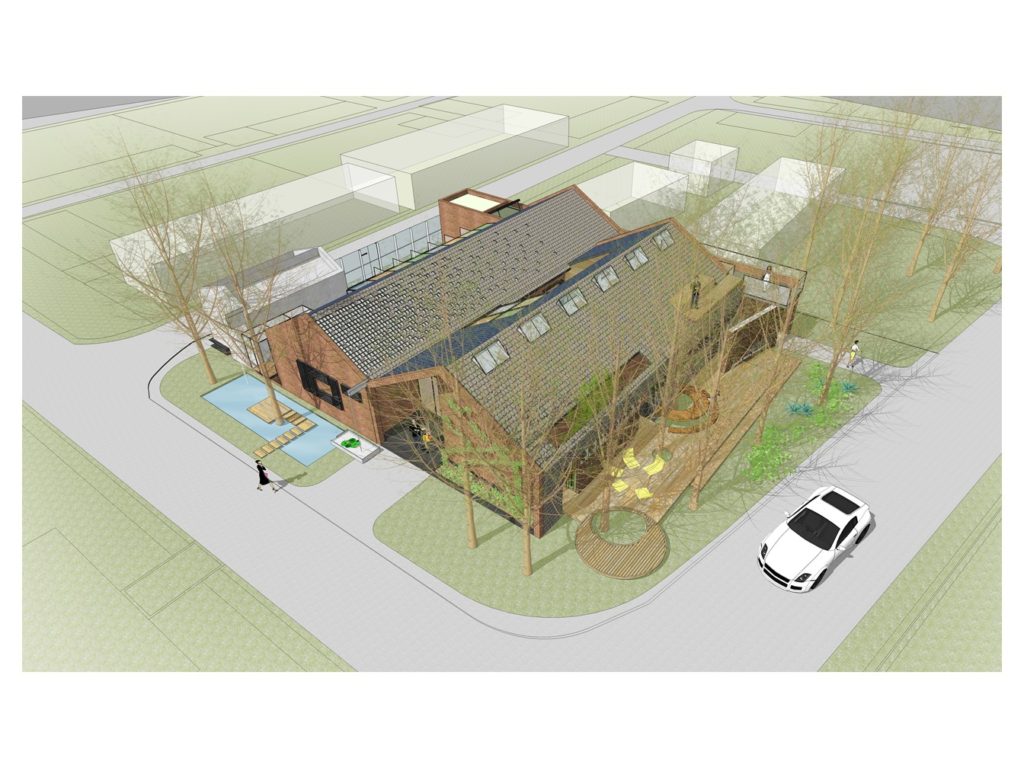
ENVIRONMENT:
While the existing tall trees around the building are kept, the existing rural house is reconstructed to an office building to minimize environmental load. In terms of water environment, as there is no sewage system in the rural area, low water consumption air flushing toilets are used in the bathroom, with a water conservation rate of 70%, so the water conservation rate of whole building is 25%. Roof rainwater is collected and then used for the landscape in the water yard after filtering and purification. Besides, rainwater garden is set in the yard to achieve low impact development (LID). During the construction, the wooden roof frame of the former house was kept, and used bricks and tiles were collected and then used for the enclosure wall and landscape wall. The proportion of recyclable building materials and reused building materials used in this project is 25%.
